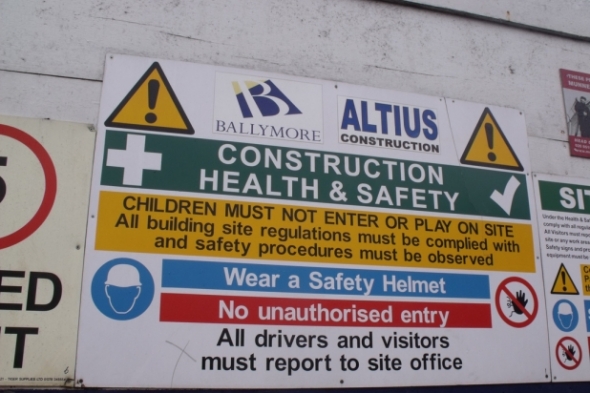Are you aware of the Independent Employee Act Defense? If you are, then you do not need to read on. However, I am willing to bet that most of you are not so that is why I am offering this for your reading enjoyment.
The question is "What do you do if you are fined by OSHA for a serious penalty?" Among the various defenses available, there is the Independent Employee Act Defense (IEAD). It is all based on the 1980 Mercury Service, Inc., case which by the way is still cited in Cal/OSHA legal circles.
In this defense, the employer must plead that the act of the employee that caused the injury was an independent act of the employee, and the employer should not be held liable. The argument by the employer is that "I did everything the law required me to do, but the employee violated company policies and procedures and that is what caused the injury."
Now this seems simple but it is not. In order to prevail with the affirmative defense, it must first be pled on the appeal following the citation and for the employer to prevail, he/she must prove all five of the following elements:
- The employee was experienced and trained on the job. Using the case noted as our base, the employee was a diagnostic specialist on automobiles. The employer presented over 70 training certificates from the manufacturer out of which over 30 were on engine diagnostic and performance checks. Also, training certification from a nationally recognized body was provided by the employer. OSHA accepted the employer's claim on this issue. However, OSHA reviewed all of the safety training that had been completed by the tech.
- The employer has a well-defined safety program in place. This one is so obvious. You must prove that you have a well-defined and active safety program in place. Here, the employer provided its Injury & Illness Prevention Program Manual along with copies of the various training sessions that had been given. These were taken directly from the manufacturer's service manual that were relevant to the tasks being performed at the time of the injury. OSHA again accepted this part of the defense as well.
- You must have a policy of sanctions against employees who violate your safety program. Employers must have a policy of sanctions which is enforced equally against any employee who violates your safety rules or is involved in unsafe acts. Here the employer reported that he did not have such a policy as injuries were virtually non-existent and therefore not needed. The employer lost on this one at OSHA as no policy was in place and as any earlier violations that may have occurred had not been documented.
- You must also have an effective enforcement program in place. The written policy noted above must be enforced equally and be well documented. Here, OSHA held that the enforcement part of the employer's overall safety program had "no teeth" and that the program which was well written was never followed nor enforced. Here, as you can see, the employer lost.
- The employee caused the safety infraction which he/she knew was contrary to the employer's safety requirements. Here, the employer must prove that the employee had the requisite knowledge of the safety requirement which he knowingly violated, whether on purpose or by his/her own negligence. The employer provided a copy of the safety rules in place at the time of the injury which had been signed and acknowledged by the injured employee. They also provided a copy of the shop manual (specific directions on the servicing of vehicles) which all technicians refer to repeatedly. This document also outlined the safety procedures for each task as well as the relevant safety issues.
So what does this say to you? It says that if you have an effective Injury & Illness Prevention Program and training program in place which is well documented and enforced you may be able to effectively defend against an OSHA serious violation. However, the important thing to remember is that proper documentation wins the day. Without it, don't even try to defend as you will most likely lose. The watch word by most agencies is that lack of documentation means that there was no documentation and you lose.





